Max Eggers and Sam Eggers’ horror film ‘The Front Room’ charts a chilling tale about the eeriness of welcoming an ailing stranger into one’s home. The story revolves around Belinda and Norman, a young pregnant couple who decide to become the caretakers of the latter’s estranged, old mother, Solange. Although the promise of monetary profit tempts the duo to agree to the deal, the sickly woman’s addition to their household brings a flood of paranoia and fear. Consequently, as the dark secrets surrounding Solange crest, her daughter-in-law finds herself in a fight for her and her unborn child’s lives.
Despite a fairly tame premise, ‘The Front Room’ presents a wildly disturbing narrative that delves into complex elements of rising tension that befits a psychological thriller. Within the same, Solange’s uncanny and near-sinister persona leaves as good of an imprint on the viewers as any horror story monster. Moreover, the depiction of the strained relationship between her and Belinda remains reminiscent of the realistic aspects of such a dynamic. Thus, one can’t help but grow curious about Belinda’s story and the nature of its origins in reality.
The Front Room Has its Origins in Susan Hill’s Short Story
Although the narrative of ‘The Front Room’ remains inspired by real life in abstract ways, the storyline itself finds a much more tangible basis in literature through Susan Hill’s work. Written and helmed by Max and Sam Eggers, the film is actually based on Susan Hill’s eponymous work, which was published in 2017 as a part of her collection of short stories, ‘The Travelling Bag And Other Ghostly Stories.’ The filmmaking duo had been fans of Hill’s writing for a long time. As such, after their producers brought them the project, the brothers easily resonated with the material and decided to adapt it.
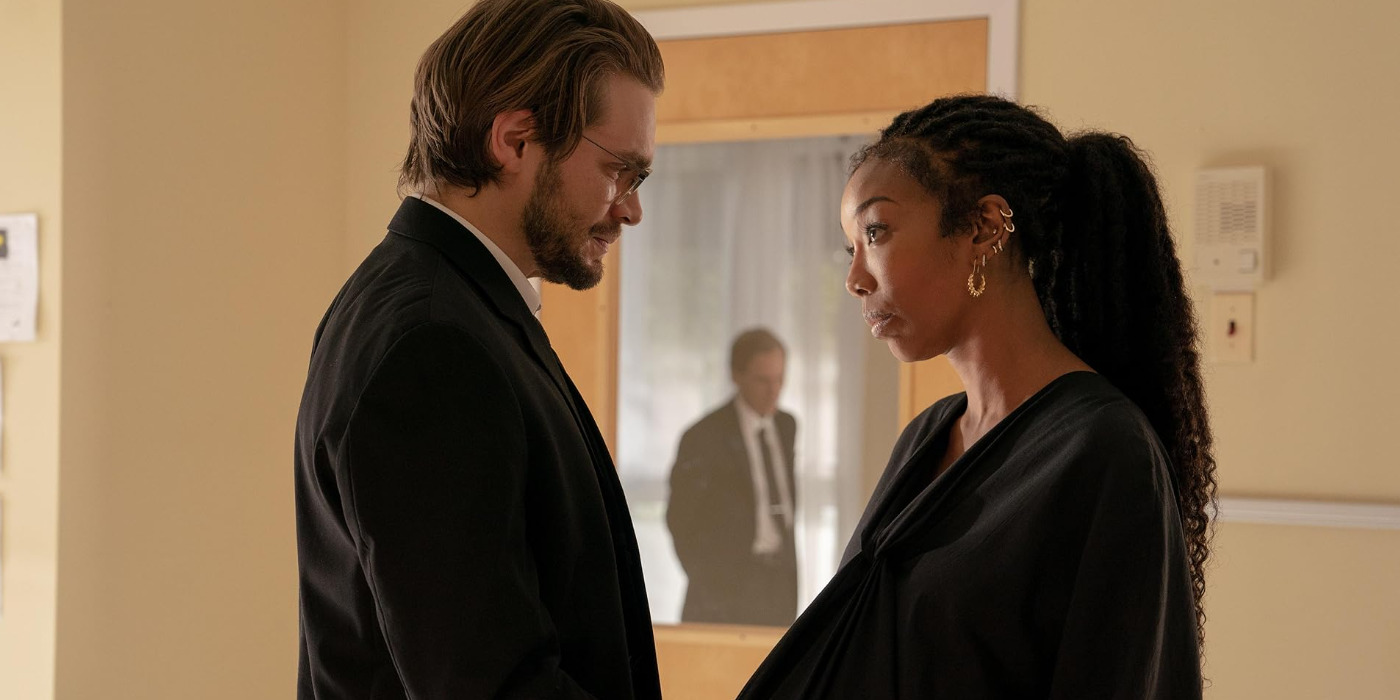
Nevertheless, the Eggers brothers didn’t want to simply adapt the short story for the screen as it was. Instead, they decided to add their own vision to the project, reshaping the story to create an extensive, cinematically coherent plot. Naturally, this led them to make certain changes to the source material. In an interview with The Script, the Eggers brothers expanded upon the idea and shared the reasoning behind some of the changes made to the story.
“The original short story is set in England,” said Sam Eggers. “Belinda and Norman are religious, and Solange is the non-religious one. To make it personal—bringing it to America—we wanted to figure out how to honestly tell the story. Making a modern-day setting, with the couple being the irreligious ones and Solange is sort of a remnant of the past coming to affect them. There are children that aren’t babies in the short story that Solange affects. Because we wanted this to be one location, one house, we needed certain events.”
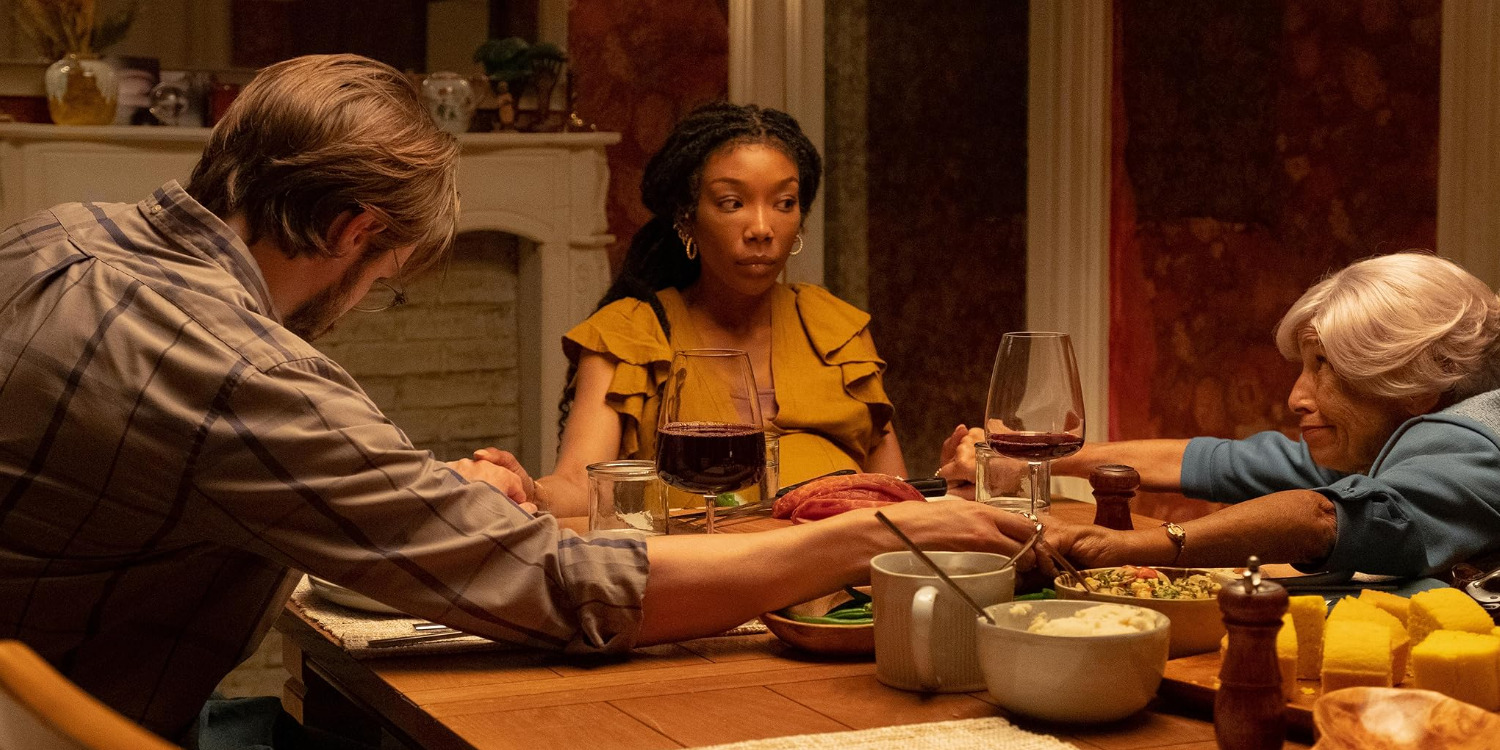
Likewise, Hill’s original work didn’t sport a Black female character as the protagonist. However, while working on the project, the Eggers brothers established the need for such a fundamental change within the story to better reflect their film’s nuanced socio-political themes. In a discussion about the same with Daily Dead, Max Eggers said, “It was a challenge because it was something we felt we needed to do, to be honest about where we are today in this country but also the world at large.”
Max and Sam Eggers Loosely Drew on Their Own Experiences For Inspiration
When Max and Sam Eggers initially took on the project to adapt Susan Hill’s ‘The Front Room’ into a cinematic work of their own, they had recently undergone an experience that remained faintly reminiscent of the story’s plot. Around the same time, the filmmaking duo had taken care of their grandfather, whose health was declining. Consequently, they had first-hand experience of what it was like to become caretakers to the ailing and aging. Even though Solange’s character remains in a league of her own—entirely incomparable to any lived experiences—the Eggers brothers were able to farm their own experiences as inspiration for the more mundane facets of Belinda’s story.
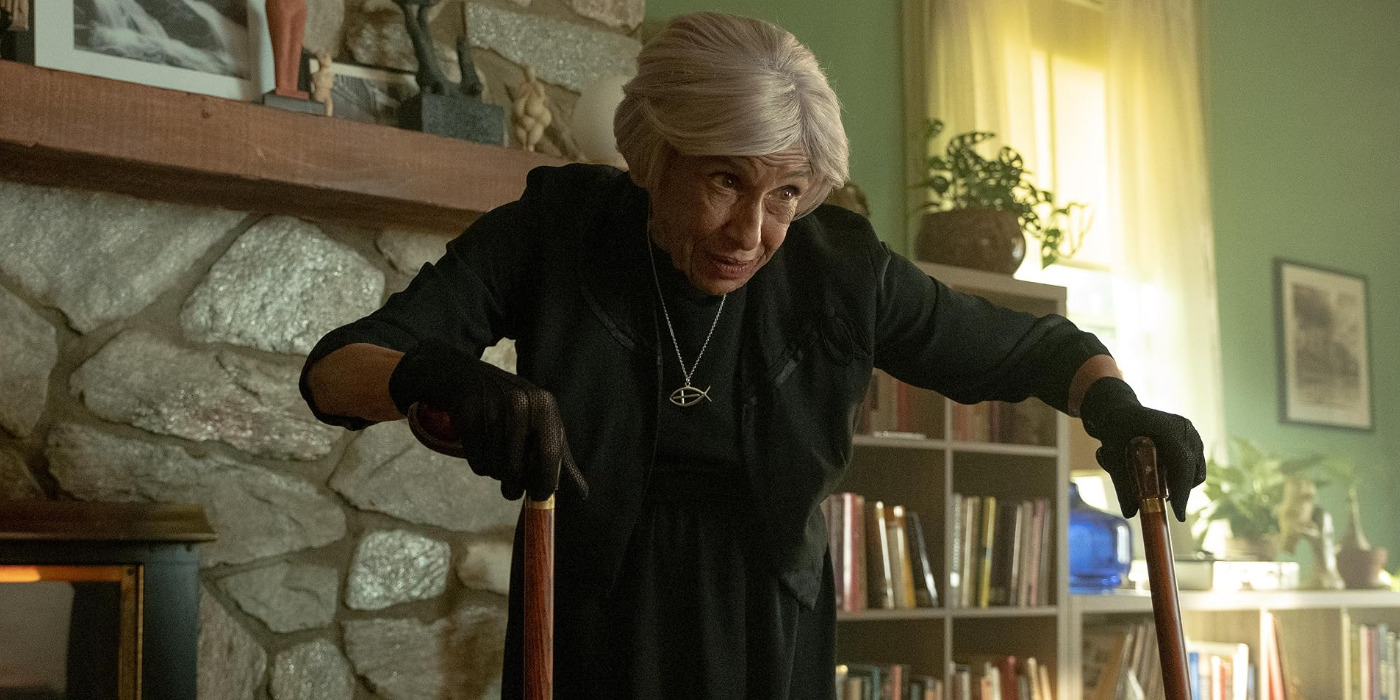
While speaking to Screen Rant about the inspiration behind Solange, Max Eggers discussed the character, saying, “Most elderly people are not, you know, to be feared like Solange. In terms of inspiration, yes, there was our personal connection that we injected into the short story, but she was a creation, a wonderful creation of Susan Hill from The Woman in Black. When we [Max and Sam Eggers] read her story, it was sort of like, oh my God, this is an iconic character, and we know how we can twist it into a personal space for us.”
Therefore, the filmmaking duo’s own experiences from their time as caretakers for their grandfather remained a convenient source of realistic inspiration for specific dynamics of the narrative. One of the notable things the Eggers brothers took from the reality of taking care of their Southern grandfather was the freakish side effects that came with it. Their grandfather lived in a colonial home, inherent in its subtle Gothicism.
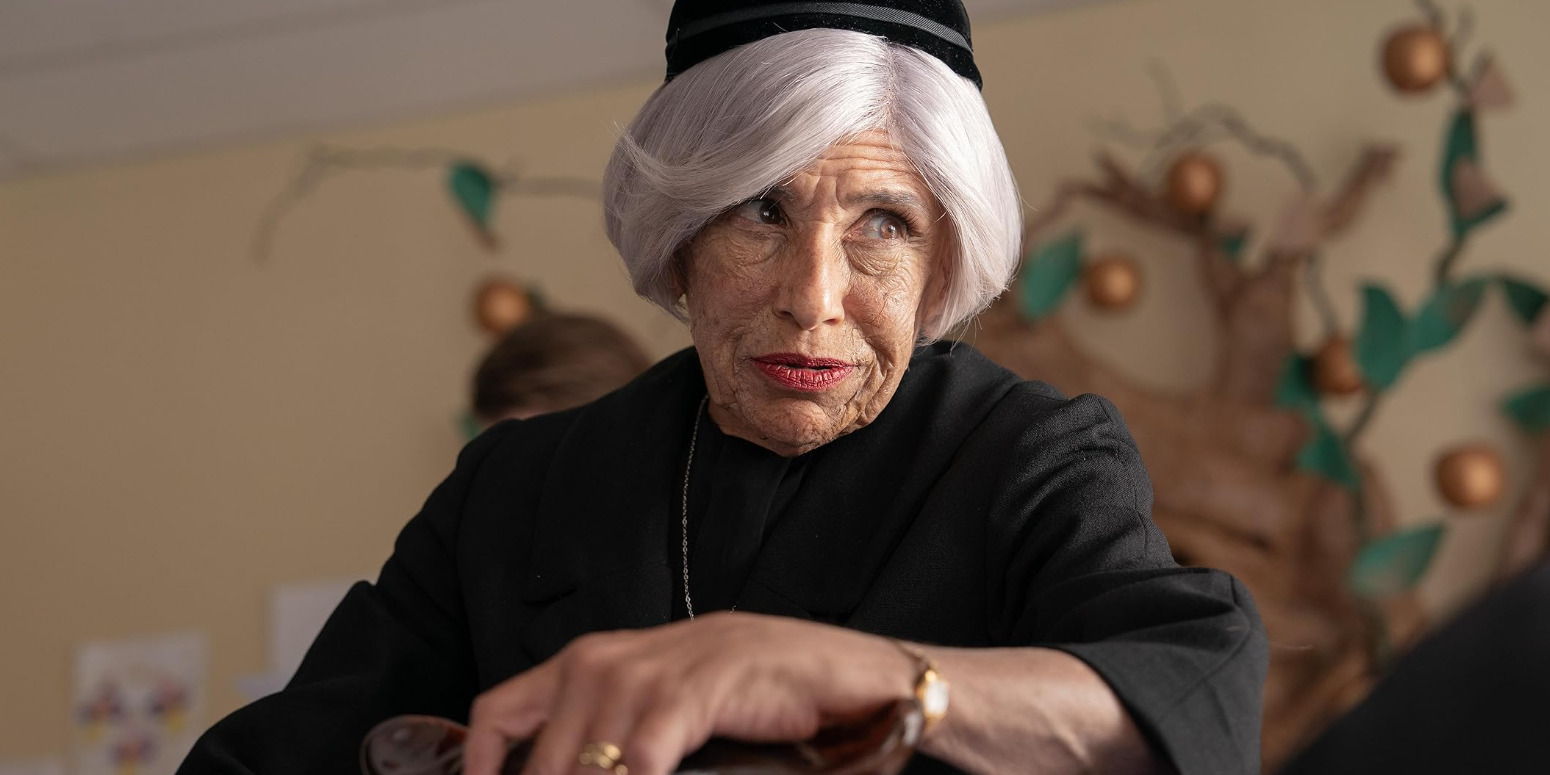
Therefore, the Eggers brothers recalled that as things went bad, they could almost feel the walls coming in. Thus, they captured the same feeling within their cinematography by essentially trapping Belinda in the house with Solange. As such, the filmmakers mined their own reality to perfect the psychological aspect of Belinsa and Solange’s relationship on a realistic level. Nonetheless, as it stands—the story holds little inspiration from real-life people or events. Ultimately, ‘The Front Room’ remains a fictitious aspiration of Susan Hill’s work.
Read More: Horror Movies Based on Real Life on Netflix

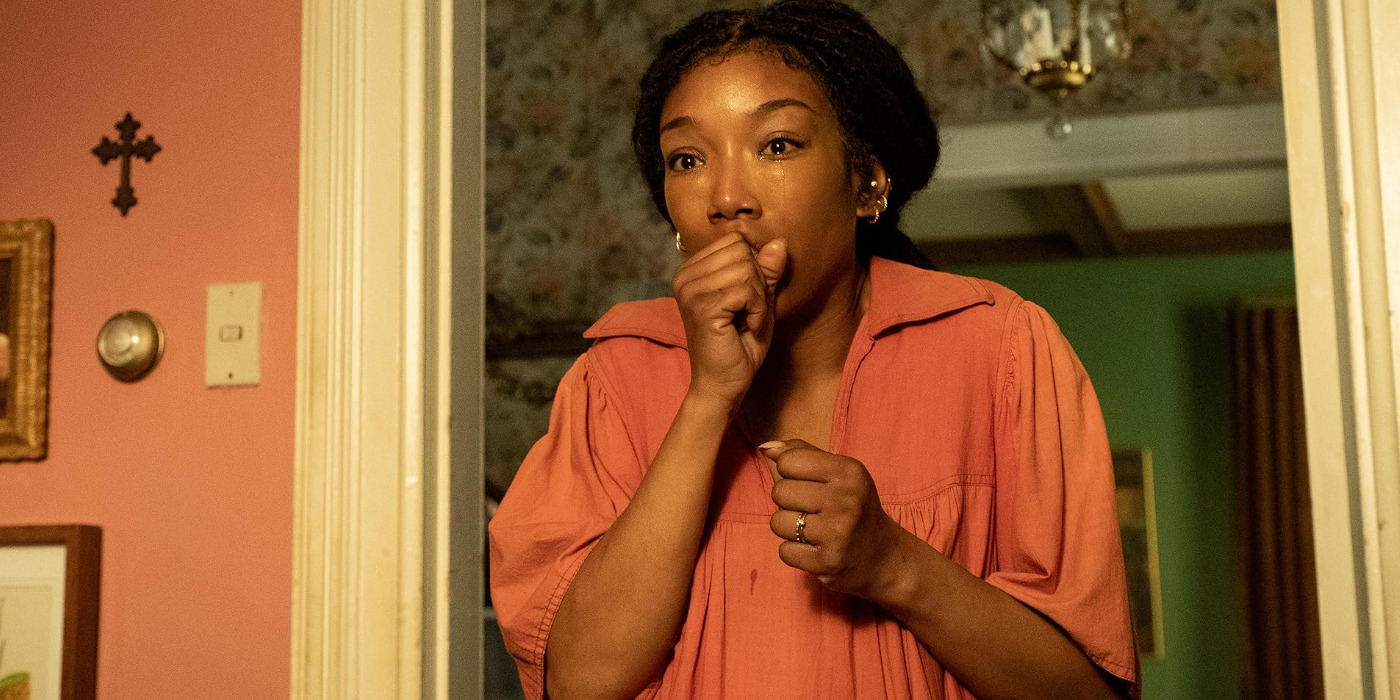
You must be logged in to post a comment.